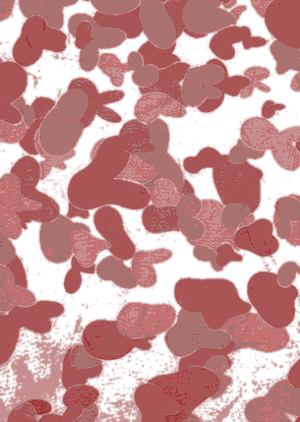Pants sizes show Army growing
 New studies suggest more than a quarter of military personnel are overweight.
New studies suggest more than a quarter of military personnel are overweight.
Researchers have examined orders for more than 155,000 new field and combat pants issued across three Army sites between 2016 and 2019.
The data suggests that about 23 per cent of Army personnel are overweight, and an additional 4.5 per cent are obese.
“The Australian Army, like many Western armies, has a significant proportion of overweight personnel,” the study, published in the BMJ Military Health journal, found.
“This high proportion has a demonstrable and negative effect on health, healthcare costs, injury likelihood, productivity and readiness.
“Part of the selection criteria for service in the military is the ability to meet the physical demands of service … overweight or obese candidates would not normally be selected.”
The lead author was Dr Jason Selman, who is now the Officer in Charge of the 3rd Brigade's Human Performance Centre in Townsville.
His paper found that the average waistline of Australian soldiers has increased since 1958, and that the proportion of personnel now estimated to be overweight is lower than other Western armies.
Even overweight soldiers are expected to be healthier than the general population, but the problem of weight gain remains serious.
The ADF says only about 9 per cent of candidates have a body-mass index (BMI) above acceptable standards.
“Some will address this during the recruitment process and achieve the required BMI for entry,” a spokesperson has told reporters.
“The ADF have initiatives in place to enable select candidates to improve fitness in order to reach the required physical fitness standards to commence recruit training.
“Individuals not in the acceptable BMI range are deemed at higher risk of being injured during training or developing long-term health complications.”
Other research conducted by Dr Selman found members of a combat brigade consume more alcohol and tobacco, on average, than the general civilian population.
He found almost one quarter of the brigade exceed the national daily risk guideline for alcohol consumption.
Almost a quarter of respondents admitted smoking tobacco and said they smoked more when they were deployed.







 Print
Print